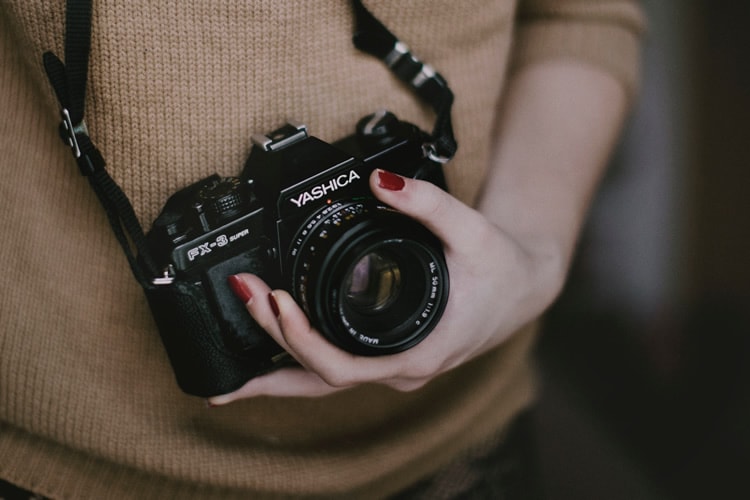Is A Photograph’s Beauty Always In The Eye Of The Beholder?
Photography is the science, art and practice of creating images by recording light on a light sensitive surface by using a camera and is a total reproduction of what the human eye can see for one split second.
A photograph can be defined very differently according to its viewer and the opinion of that person. Was the photograph intended to convey the message brought to the viewer? Is a photograph’s beauty always in the eye of the beholder?

The Principles Of A ‘Good’ Photo
With the continual development in technology many might think that the auto function is all a photographer needs to take the perfect shot. However, while technological advances may make some elements of photography easier, there are still a many more factors that go into creating a beautiful image.
There are a range of theories and guidelines as to what makes a good photograph including the golden ratio and the rule of thirds, as well as other non-compositional factors such as lighting. According to Kodak, a great image should include careful consideration to background, using a flash outdoors, moving a focal point from the centre and locking the focus. However, photographers are as individual as the images that they capture. They each have their own tried-and – tested method and the key to a successful shot will surely differ. For example, a wildlife photographer is unlikely to use the same approach to capture cheetahs as Testino would for Kate Moss.
Even if we assume that each successful photographer holds their own recipe for a great image, there is still the argument that what one person perceives to be a great image could be meaningless to another.
Caught In A Moment
Professional photography and personal photography are two very different mediums. A personal photograph is all about capturing a moment that has personal meaning, usually to create a lasting memory. Professional photography is there to create awareness of something, for others to learn by and to create emotion – a photograph can pick up where the eye leaves off.
Both personal and professional photography can evoke emotion even during the taking of the picture. For example, many wildlife photographers will experience emotions of fear when faced with a ferocious predator.
Earlier this year 67 year old, Colin Manvell was trampled to death by an elephant during a photography expedition in India; an uncompromising situation that led to tragedy that would not be conveyed in Colin’s previous footage. Underwater photographer Raul Touzon has come face to face with many dangerous creatures, including the killer Great White Shark. Although frightening situations for Touzon, they are truly magical for every marine enthusiast who sees his work – two different sides of the emotional spectrum, showing how differently a picture can be interpreted.
Public Reaction
Does an audience have the right to define the meaning of an image that has been captured by another, or is it down to the artist to explain why the image was created and how it should be interpreted?
In the case of Stephan Tuenglar, who was recently nominated for the People’s Choice at the Wildlife Photographer of the Year 2014 awards, the former could be argued. Tuenglar was humble photographer who did not realise the worth of his image until he presented it to an audience. Tuenglar’s image ‘Stretching’ makes people smile, but initially the photographer believed it was just another beautiful image of a lion. It wasn’t until he showed the image to friends and family that he realised how touched his audience were by the expressive power of the image. Without the opinion of an outside audience, Tuenglar may have maintained the assumption that his picture was nothing out of the ordinary, and therefore may not have presented it for the award.
Cultivating photographic events like Wildlife Photographer of the Year and the Sony World Photography Awards encourage artists and photographers to present work to a wide audience for gratification. The audience decide in which photograph the beauty lies. Therefore it could be argued that beauty is not just in the eye of the beholder but lays within audience perception. Photographer’s images become iconic as a consequence of public opinion.
